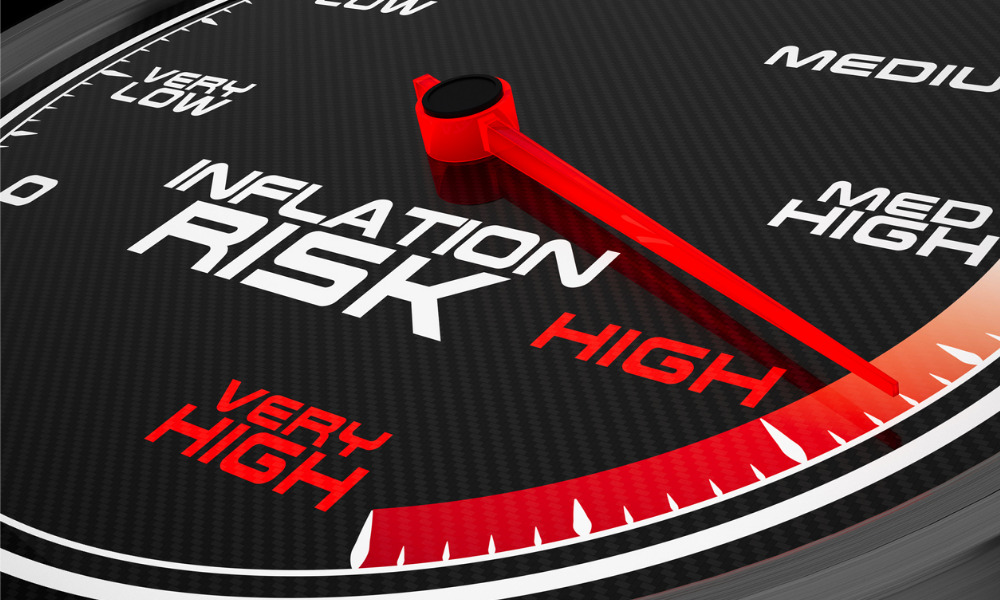Official CPI calculation understates true pricing pressures experienced since beginning of 2022, say researchers

General price levels in Canada, as measured by the CPI, have been rising at a record pace for more than a year. But even as it reflects the highest annual price increase in four decades, a group of policy researchers have called the key measure into question.
Researchers from the Montreal Economic Institute are questioning the accuracy of Statistics Canada's official metrics, arguing that they do not adequately capture the true inflationary pressure felt by Canadians since the start of this year.
"Rising prices and the loss of purchasing power are subjects that directly interest and affect most households, so they need to be able to consult a well-calibrated speedometer. Since the current inflation rate is calculated over the year that has just passed, it is exclusively backward-looking," Nathalie Elgrably, senior economist at the MEI, explained in a release.
"It represents a wholly retrospective measure that reports what has happened over the past year, but without specifying exactly when the change in inflation took place. Was it a year ago? Several months ago? Or more recently?" added Valentin Petkantchin, economist and vice-president of research at the MEI.
The MEI suggests that a different indicator – a compounded annualized rate derived from the CPI's rate of change over the previous month – can make up for the oversight.
It said that with that proposed metric, the first indication of an inflationary surge above the 2% target could have been found in July 2020, nearly a year before official statistics showed signs of deviating from the target rate.
The prospective rate also would have shown a reading of 12.5% in May this year, before reverting to less than 10% in July.
"To make an automotive analogy, the prospective rate is to price inflation what the speedometer is to a car,” Elgrably explained. “Just as the speedometer allows for immediate calculation of the distance the car will travel if the current speed is maintained for the next hour, the prospective rate determines the drop in purchasing power that will result if the CPI continues to grow at the same rate.”
“Instead of being informed about the purchasing power we have already lost over the past year, we could learn instead about the inflationary pressure we are experiencing right now and then extrapolate it on an annual basis, that is to say, over the next 12 months,” he concluded.



